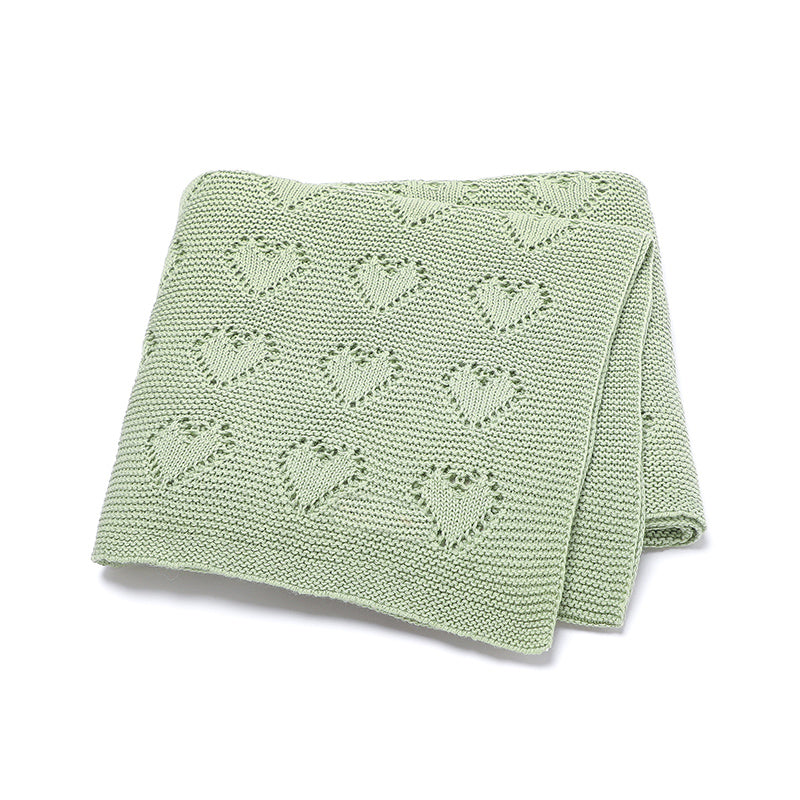When it comes to baby essentials, playmats are often at the top of every parent’s list. A high-quality playmat is more than just a soft surface; it’s a safe space where your baby can explore, practice tummy time, and develop their motor skills. But with so many options available, how do you choose the right one for your little one? In this blog, we’ll break down the essential factors to consider when selecting a playmat, so you can ensure your baby’s safety, comfort, and happiness.
Why Playmats Are a Must-Have for New Parents
As your baby grows, creating a safe space for them to explore and play becomes crucial. Playmats offer a soft, supportive surface that encourages tummy time, rolling, crawling, and eventually walking. They’re perfect for keeping your baby entertained while also providing a secure environment for developmental activities.
However, not all playmats are created equal. Some may contain materials that can irritate your baby’s sensitive skin, while others might lack the durability needed to withstand everyday use. In this guide, we’ll help you navigate the world of baby playmats and find the best option for your needs.
1. Why the Right Playmat Matters for Your Baby’s Development
Playmats are more than just a comfy spot for your baby—they play a significant role in early development. Here’s why they’re essential:
• Encourages Motor Skills Development: Playmats provide a safe surface where babies can practice lifting their heads, rolling over, and crawling. These activities help strengthen their muscles and improve coordination.
• Stimulates Sensory Development: Bright colors, soft textures, and playful designs stimulate your baby’s senses, encouraging cognitive development.
• Supports Tummy Time: Tummy time is crucial for building neck and shoulder strength. A soft, supportive playmat ensures your baby is comfortable while developing these vital muscles.
FAQ: How long should I let my baby do tummy time?
Start with just a few minutes a day and gradually increase the time as your baby gets stronger. Aim for at least 20-30 minutes of tummy time per day.
2. Choosing the Right Material: Comfort and Safety Come First
Your baby’s delicate skin needs the best care, which is why choosing the right playmat material is so important. Here’s what to consider:
• Hypoallergenic and Non-Toxic Materials: Ensure the playmat is free from harmful chemicals like PVC, BPA, and phthalates. Organic cotton and bamboo fabrics are great options for babies with sensitive skin or eczema.
• Soft and Cushioned Surface: Look for a playmat that provides enough padding to protect your baby’s knees and elbows as they move around.
• Easy to Clean: Babies can be messy, so choose a playmat that’s easy to wipe clean or machine washable to keep it hygienic.
3. Safety Features to Look for in a Playmat
Safety is a top priority for parents, and it’s essential to choose a playmat that keeps your baby secure while they play.
• Non-Slip Bottom: To prevent accidents, opt for a playmat with a non-slip backing that keeps it securely in place, especially on hardwood or tile floors.
• Thick Cushioning: A playmat with extra padding can help protect your baby from bumps and falls as they learn to crawl and walk.
• Rounded Edges and No Loose Parts: Ensure the playmat doesn’t have small, detachable pieces that could pose a choking hazard.
FAQ: Are foam playmats safe for babies?
Foam playmats can be safe if they are made from non-toxic, BPA-free materials. However, always check for safety certifications to ensure they don’t contain harmful chemicals.
4. Playmat Designs That Combine Functionality with Style
Playmats are not just practical; they can also enhance the look of your home. Modern playmats come in a variety of designs that can complement your décor.
• Neutral Colors and Patterns: For a minimalist look, choose playmats in soft, neutral colors that blend seamlessly with your living space.
• Interactive Elements: Some playmats include built-in toys, mirrors, or textures that keep your baby engaged and entertained.
• Foldable and Portable Options: If you’re short on space or travel frequently, consider a foldable playmat that’s easy to store and take on the go.
5. Caring for Your Playmat: Maintenance Tips for Longevity
To get the most out of your playmat, it’s essential to take good care of it. Here are some maintenance tips:
• Regular Cleaning: Wipe down the playmat with a damp cloth after each use to remove spills, drool, and dirt. For fabric playmats, machine wash on a gentle cycle.
• Avoid Harsh Chemicals: Use mild, baby-safe detergents to clean your playmat to prevent irritation on your baby’s skin.
• Rotate Playmats: If you have multiple playmats, rotate them to extend their lifespan and keep playtime exciting for your baby.
FAQ: How often should I clean my baby’s playmat?
It’s best to clean the playmat at least once a week or more frequently if your baby spends a lot of time on it.
Investing in the Perfect Playmat for Your Baby’s Growth
A well-chosen playmat can make a world of difference in your baby’s playtime experience, providing a safe, comfortable space that supports their physical and sensory development. By selecting a playmat made with non-toxic, hypoallergenic materials, you’re ensuring your baby has a healthy environment to explore.
At Issy & Lilo, we’re committed to providing high-quality, safe, and stylish baby products. Explore our range of rompers, sleeping bags, bodysuits, and baby accessories to create the perfect setup for your little one.


















